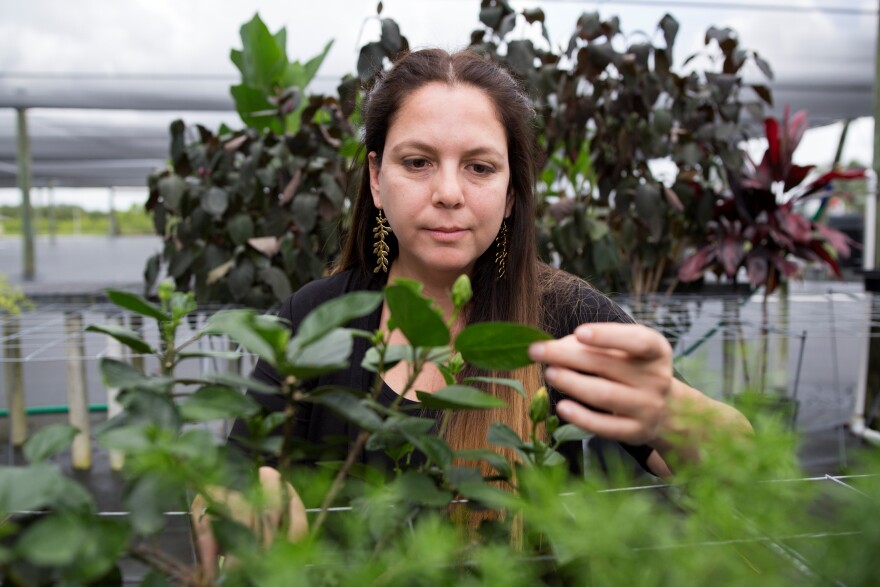If you love avocados, cherish them while you can.
A microscopic plant invader is sneaking into Florida’s avocado trees and could devastate the state’s crop.
The culprit is called the sunblotch viroid, and it can go undetected for years before trees show symptoms.
Scientists at the University of Florida Institute of Food and Agricultural Sciences (UF/IFAS) Tropical Research and Education Center (TREC) have been studying the growing number of infections.
Associate professor Romina Gazis said they want to prevent the avocado crop from becoming unsellable.
“We want to give caution to these propagators to test their mother trees, so we can start with clean material,” Gazis said.

The infection is different from other plant diseases as it travels through contaminated pruning tools, trees with shared roots, pollen and bees.
This makes early testing and disinfecting tools crucial for containing the spread.
When the viroid strikes, it can drop crop yield by 80%. This can mean more avocados imported from out-of-state and heightened prices.
But avocado farmers are not the only ones who need to be wary of the infection.
“The homeowners [with trees] also should be aware,” said Gazis. “If homeowners see symptomatic fruit, contact the [TREC plant] clinic and ask if submitting a sample is a good idea.”
Researchers encourage people to keep an eye out for discolored or streaky fruit.
There is no cure for infected trees, but researchers stress the importance of removing positive trees to stop the spread of infection.
“If you have a mother tree that is infected, more than 80 to 100% of the seeds are going to carry the virus,” Gazis said.
The sunblotch viroid was first detected in Florida in 1941. Researchers say the threat is growing as the avocado industry spikes and more homeowners plant trees in their yards.
Florida does not currently have a certification program that guarantees viroid-free budwood or seeds.




